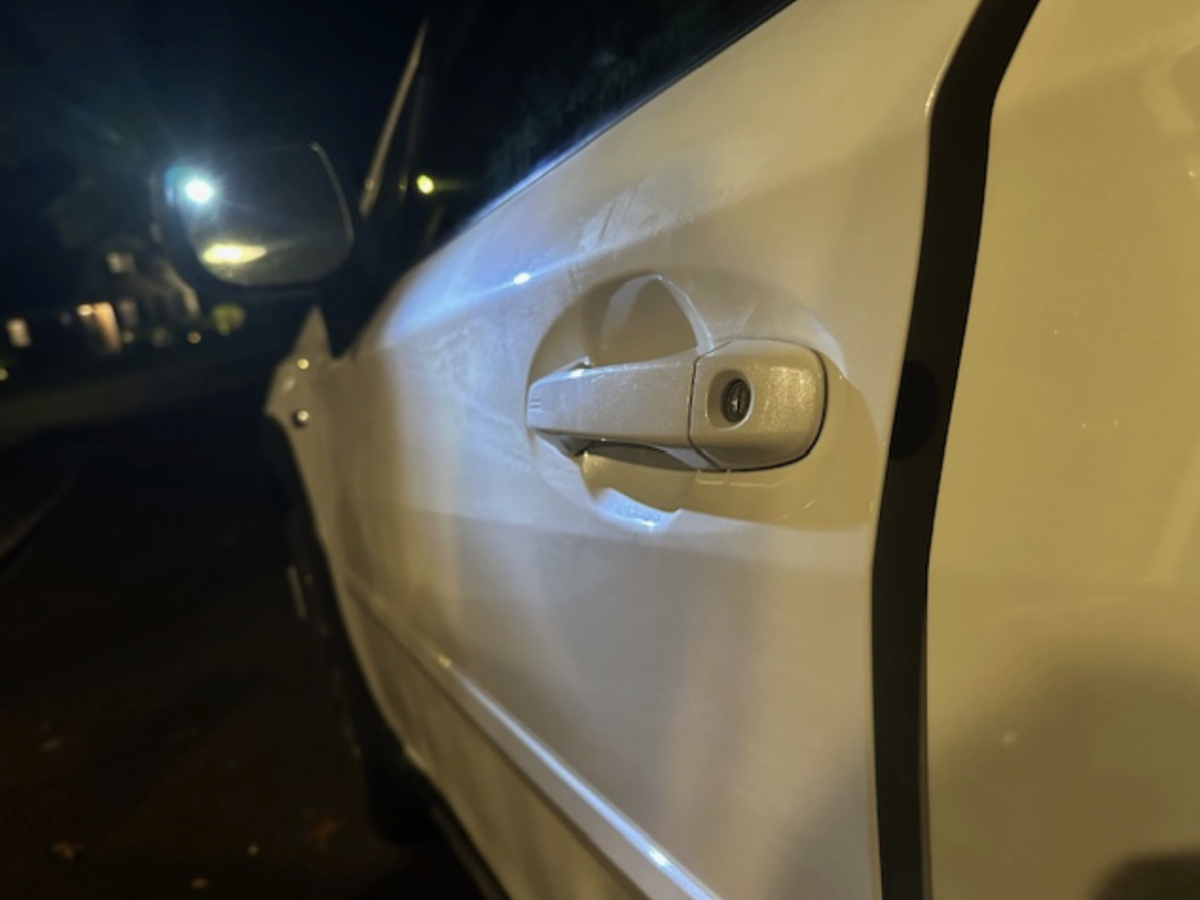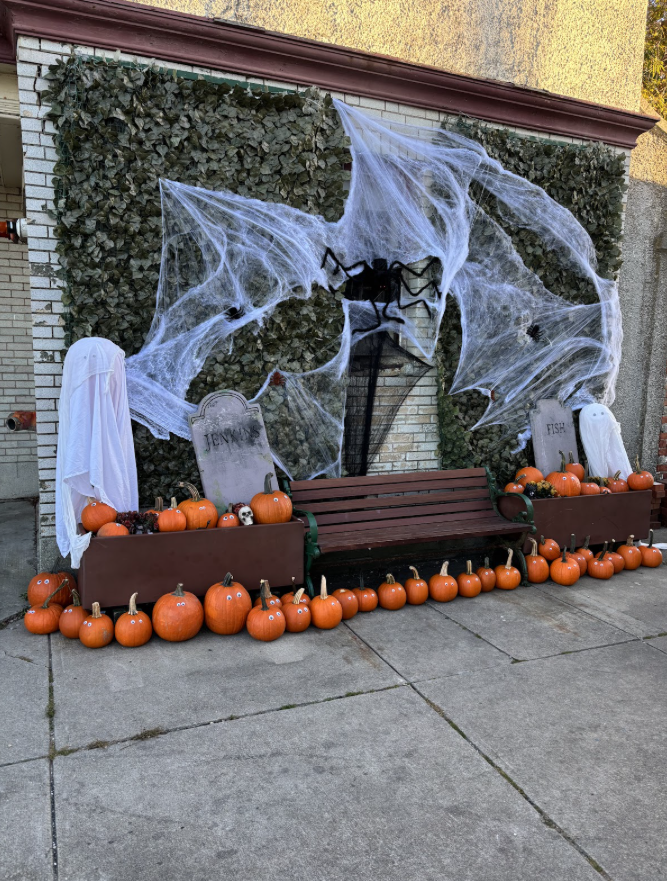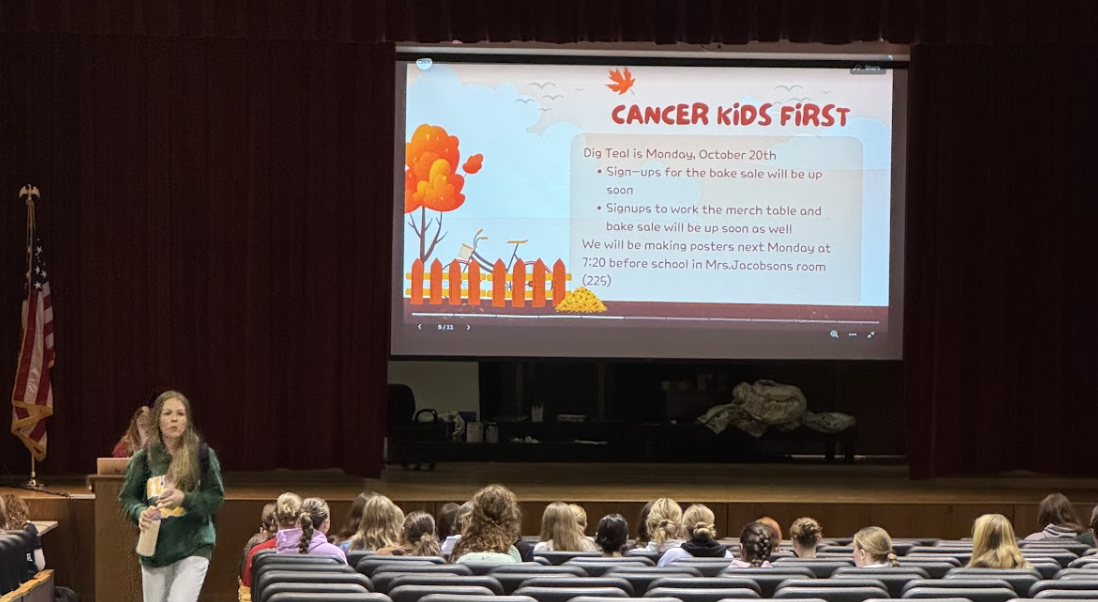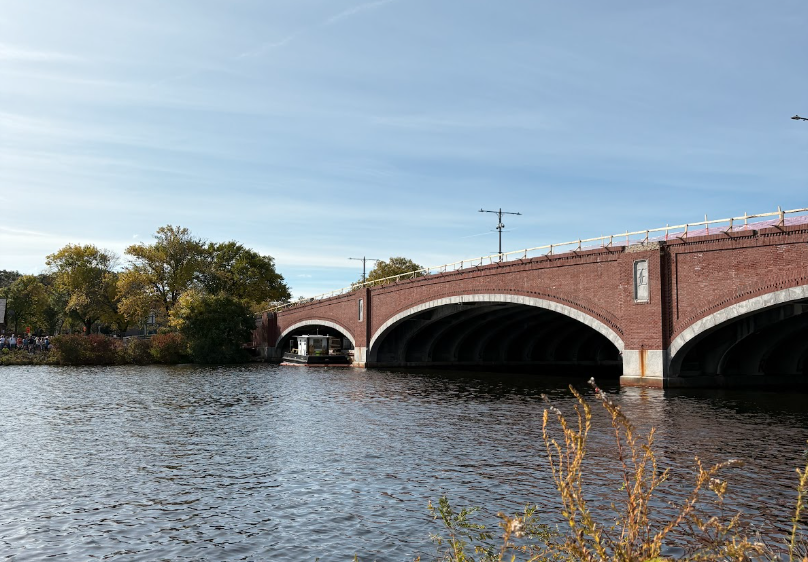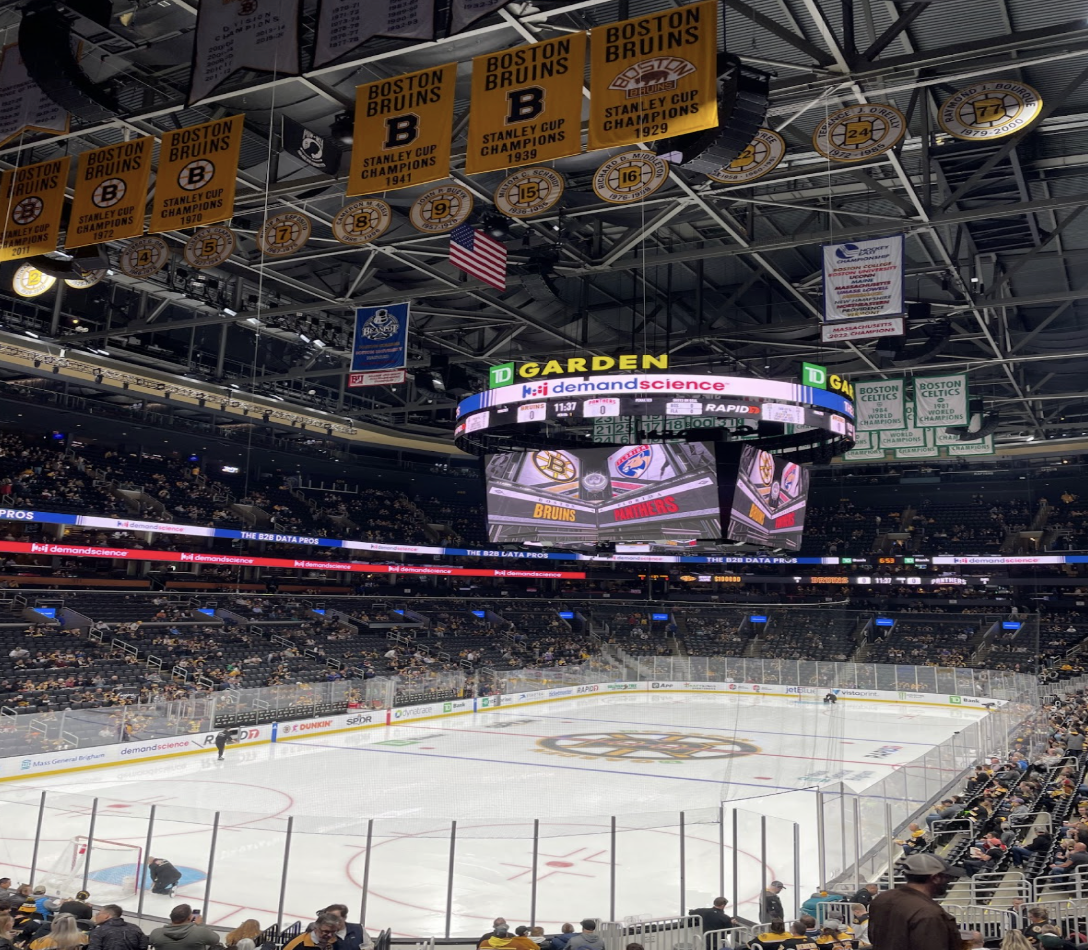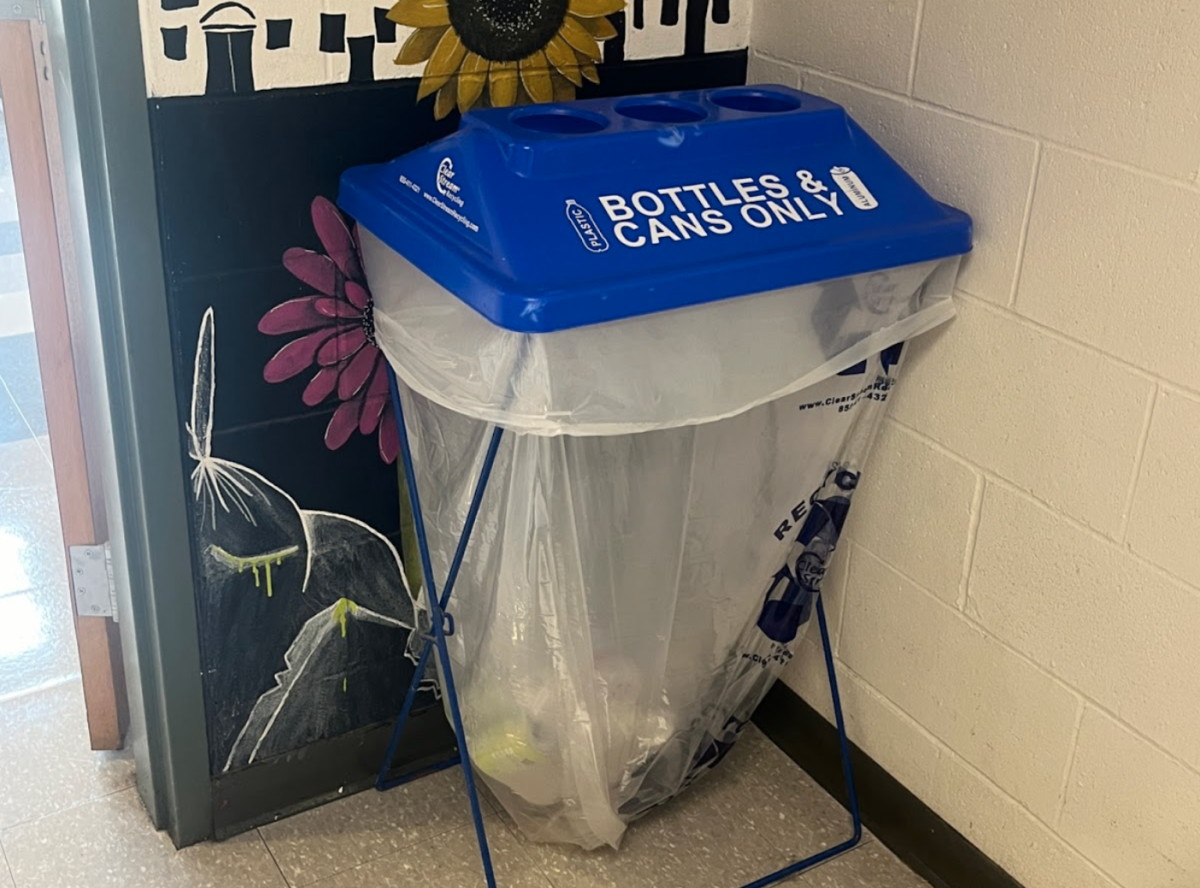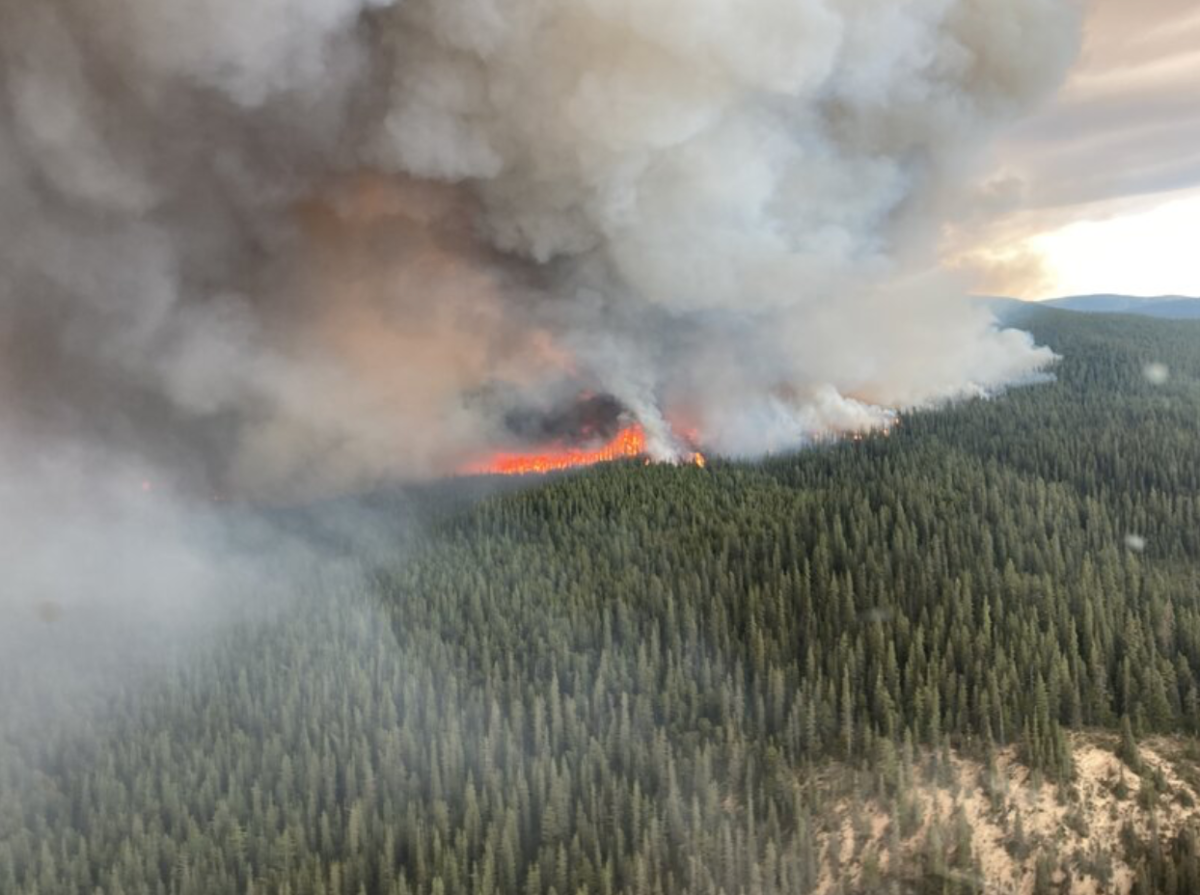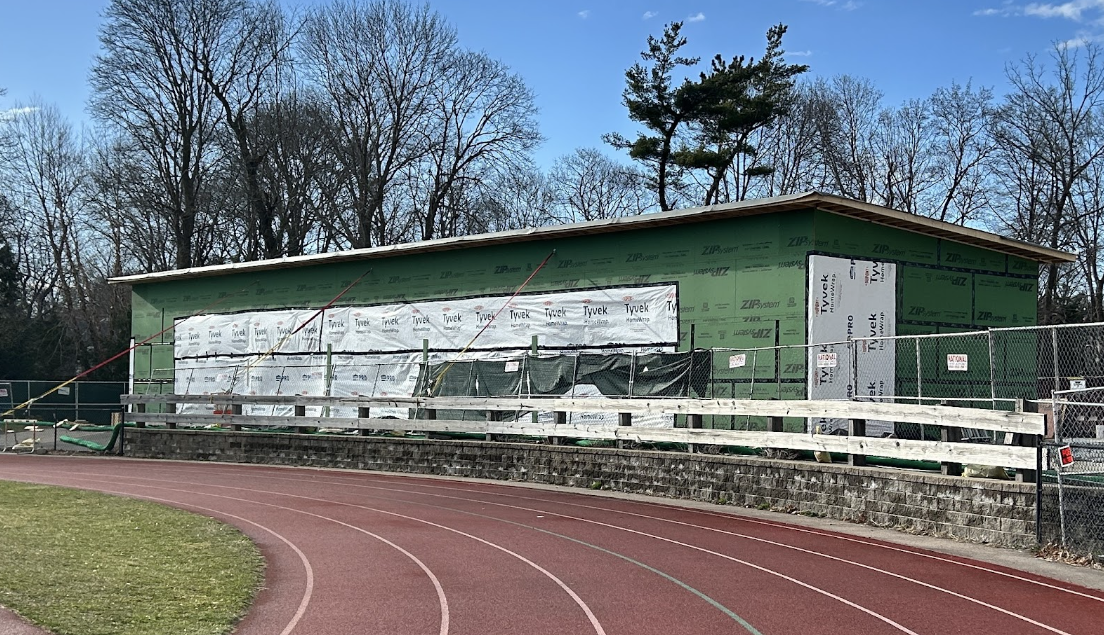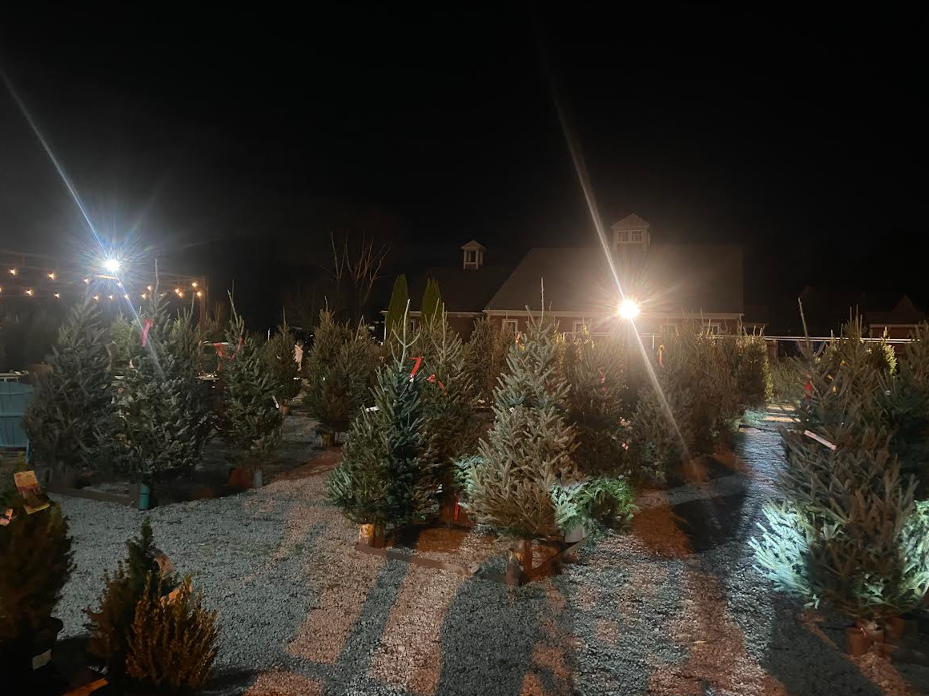A staple of the Christmas season will forever be the Christmas tree. The beautiful evergreen layers decorated with colorful ornaments, and bright lights make any room feel magical. Some families even make a tradition out of going to pick out their tree each year, while others have a fake tree that they use year after year. Casey Salerno, a sophomore at HHS explains, “I really enjoy going to get my Christmas tree each year with my family, I think it is just yet another tradition that makes the season so special. And we get to make a whole day out of it.” As the state of the environment becomes more a pressing concern each year many people are looking to their own personal choice to see if they can make changes that will do anything to help. So, what is better for the environment, buying a real tree every year, or rather a fake one that can be reused for years to come? For a variety of reasons such as carbon emissions and waste, buying a real tree is far better than buying a fake.
To begin, the reason many people may believe that a fake tree is better than buying a real tree is because we have been conditioned to believe cutting down trees for our own benefit is wrong. The reason this argument does not apply to Christmas trees is that they are grown on farms whose entire business is Christmas trees. This means that in most cases a new tree will be planted in place of the one cut down to be sold, because the farmer wants to have trees to sell in the years to come.
The National Christmas Tree Association says that for every Christmas tree cut down, three are planted in its place. However, if your real tree is coming from an unregulated forest, no tree is being planted in its place. Most fake Christmas trees are made and shipped from overseas. Making these artificial trees releases a large amount of carbon into the atmosphere, and the factories may pollute the surrounding environment. Additionally, shipping these trees from countries such as China and then further from the distribution centers releases a massive amount of Co2. So, while a fake tree is releasing carbon dioxide into the atmosphere, Christmas tree farms are actively working to remove it. Further, a fake, plastic tree, which will not decompose naturally will only lead to more pileups in our already overflowing landfills, while a real tree will decompose over time.
In conclusion, while both real and fake Christmas trees have their environmental impacts, a real tree is the more sustainable choice when considering the amount of carbon emissions, and waste produced. Real trees, when sourced from local farms that replant and do not require shipment over large distances can help to absorb some of the carbon from the atmosphere and do not contribute to landfill buildup. While on the other hand fake trees, in their creation and shipment process, release thousands of pounds of carbon emissions into the atmosphere and contribute to a global overflow of waste that cannot be broken down.
However, when disposing of a real tree it is important to consider the way you go about it, because different methods are better than others for the environment. Composting is the best, and most eco-friendly way to dispose of your tree, as it will naturally break down and release nutrients back into the soil. Avoid burning the tree, as these releases stored carbon back into the air. For many, composting an entire tree at home is just not feasible, but luckily many towns, or businesses offer collection services. And if buying a fake tree is what works best for you, avoid just buying a new one every five years, and safely store it to maximize its use. Whether real or fake, a mindful approach to selecting the type of tree you use ensures that the magic of the Christmas season is celebrated in a way that respects and protects our planet.
“I was really surprised that a real tree was better for the environment than a reusable fake tree, because I have always thought reusable means more sustainable,” said Ashley Sinkus, a Sophomore at HHS.


